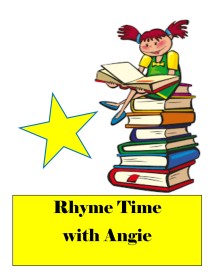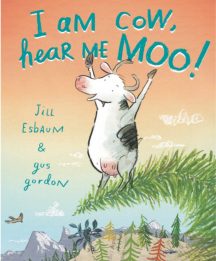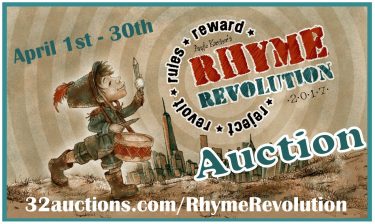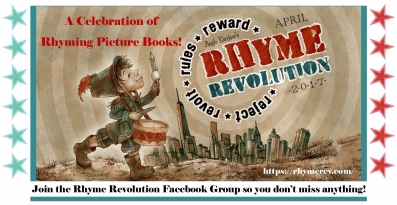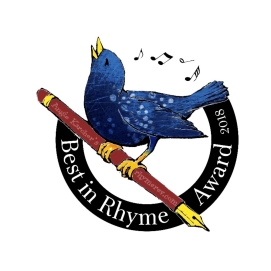
Top 10 Best in Rhyme

We are honoring the late Kate Dopirak and her wonderful talents with this interview of Kate’s husband Josh by Debbie Vidovich.
Debbie: Twinkle Twinkle Little Car is a bit of change for Kate, in that her previous books spoke to a slightly younger/Mommy and me type audience. This is for a slightly older, more independent child. What inspired her to write this story? Did it come to her quickly, in one sitting or over time? Did it require a lot of revision or did book 3 come easier?
Josh: This wasn’t usually the case, but Kate came up with the title first. She always seemed to knock out a draft with ease but the revision process proved to be much tougher. Originally, the story involved a child looking for a car. Universally, it felt like she was on the right track but industry feedback forced her to rethink execution of the concept. Several iterations later she ended up getting it right. The final draft resulted from the right things coming together – valuable feedback from publishers/critique partners and persistence to get the story right (18 versions!)
Debbie: Kate was an amazing Mom, to the boys and her pup. How did that influence her writing?
Josh: Kate was a mom first and she loved every minute of it. She was always on alert for good ideas and the stories just happened as a result of that love. Naturally, being a mom, a wife, a writer AND trying to do all of those things well presents challenges. Hurdling all of those obstacles made the little things in life a bit sweeter. These small victories are well represented in her works.
Debbie: Kate really connected to the 3-5 age group. Tell our members about Kate’s professional background and how that influenced her writing.
Josh: Kate loved children and spent much of her time working alongside them throughout her life. Starting out as the “in demand” neighborhood babysitter, she graduated to a summer camp counselor position in her teens and moved on to an elementary school teacher after graduating from Allegheny College. She had such a natural way of connecting with young kids through her smile and energy. Slowing down and being truly present with them enabled her to tap into their world.
Debbie: What would Kate like us to know about her writing journey. Was there a particular piece of advice she’d give while presenting workshops etc.?
Josh: Journey implies great difficulty and there was. But she was going to create rain or shine. Success wasn’t defined as getting published or creating a hit. It was creating, perfecting and enjoying the experience.
She did get sidetracked with various genres but ultimately refocused all of her time writing for young children. Other genres may sell better but she focused on what she loved and would advise the same. More importantly, she put herself out there joining the SCBWI, critique groups and attending conferences. This is where she got her first break – meeting who would ultimately become her agent. The approach was simple – write as much as possible and market in every possible way.
Lastly, she may not have always been writing but she was always working. She had an uncanny ability to eavesdrop on a conversation while having a conversation herself. I called her the ultimate multi-tasker. Also, if she was stuck on something she would simply assign her brain the task of solving the problem while she slept. Presto, it worked. I always teased her about it – who knew problems could be solved in your sleep? Overall, she’d tell anyone that this passion for the craft will help through the tough times.
Debbie: Twinkle Twinkle Little Car is my favorite of Kate’s books. Are there unfinished or yet to be published books we can look forward to in the near future?
Josh: Hurry Up! is set for publication in the summer of 2020. The theme is relatable…we’re on the treadmill of life and sometimes we need to dial it back, be present and appreciate the beauty around us. Illustrator Christopher Silas Neal is an accomplished, award winning talent. We’re excited to see how he tells the story.
Debbie: Did Kate share any stories or advice about dealing with the dreaded rejection letter? I remember she told me her first book got tons of rejections before it got picked up.
Josh: Rejection never deeply bothered her. It did, however, serve as inspiration to become better. She actually kept a collection of rejection letters in a big binder. A glutton for punishment, I suppose…this thing is the size of an encyclopedia.
Debbie: Tell us about Kate’s and your reaction to getting her first book deal!
Josh: It all happened so quickly. She signed with her agent and within a month or so a deal was done for You’re My Boo. She had been writing for 7 years and had several published short stories and essays at that point. She always felt like she was inching closer so it was great to get that validation. However, the second one didn’t happen so quickly. Another 4 years passed before she landed a deal for Snuggle Bunny. This was tough for her because she figured things would get a lot easier once she sold Boo.
Debbie: Kate’s brother is a lawyer, did he do the contracts on Kate’s books or did you recommend a book contract specific lawyer? And where does one find those?
Josh: Kate was thankful to have a lawyer in the family. As a courtesy, her brother Joe combed through the document. There weren’t any red flags so she quickly moved on. Kate was always anxious to get that business stuff out of the way and just get back to writing!
Debbie: Rhyme Revolution member, David McMullin asks, “Why did Kate write Twinkle Twinkle Little Car in rhyme vs prose?”
Josh: After reading all of her drafts, it appears rhyme was the only option on this one. She was following the pattern of Twinkle Twinkle Little Star and she had the most fun writing in rhyme.
Debbie: Kate developed and passed away from a neurological disease called Creutzfeldt Jakob, is there anything about this disease you want our audience to understand?
Josh: It’s a rapidly progressive, terminal disease with no treatments or clinical trials. It’s so rare that big research dollars are not committed to curing the disease. As a matter of fact, most grant money is raised through families impacted by the disease. Here a dollar goes a long way, giving families hope for progress and a chance at survival.
Debbie: Kate’s funeral was beautifully up lifting. You and your family were exceptionally gracious to all of us in attendance. I would love to share the rewrite of Twinkle Twinkle that her siblings read in eulogy, if you care to share it. It was equally touching and so very true. Who wrote it?
Josh: The Twinkle poem was a collaboration between Kate’s two siblings. Inspired by her words and body of work, Joe and Molly worked together to craft a worthy tribute. They were hopeful Kate the author would have been proud of their endless revisions.
Twinkle Twinkle brightest star
How I wonder where you are
Up so high in the sky above
Shining down with abundant love
Thinking of you and times so funny
Convinced that you are the original Snuggle Bunny
Wishing that our time with you lasted longer
Realizing that you have made us stronger
Reminding us to slow down, not to hurry, and to enjoy life
An A+ teacher and writer, a Super Mom and a best friend wife
Striving to be as “good” as you
Treasuring the magical person behind “You’re My Boo!”
A million watt smile to light our way
Our love and respect you have every single day
Your impact on us, oh so great
Thank You, Thank You, Beautiful Kate (Katie)!
Debbie: I am very grateful for the time I spent with Kate, to meet her was to call her friend. Her generosity, kindness and joyful spirit will forever live on in her books. Is there anything you’d like to say, that we haven’t touched on here today?
Josh: She leaves behind this great legacy for her boys, families and friends. During a summer getaway a few years ago she mentioned that, despite the inevitable someday, she felt comfort that her works could live on forever. Her writing will be a perfect gift for our family’s next generation and hopefully many others for years to come.

Please include Kate’s favorite illustrations from the book and why she like them.
Josh: Kate lived the simplicity of the cover and how the car pops. She also loved the convertible illustration and thought it was the perfect way to drive around through the story.

Website: katedopirak.com

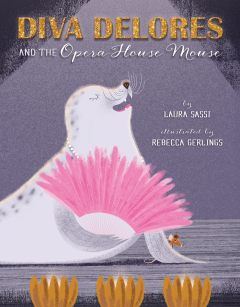

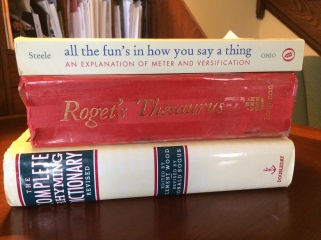
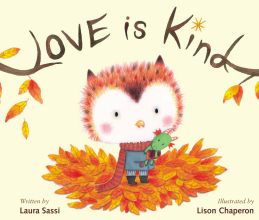
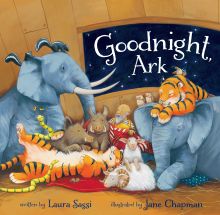





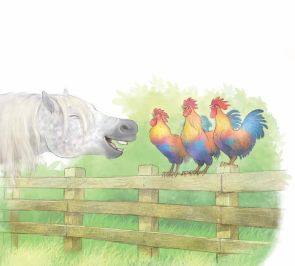

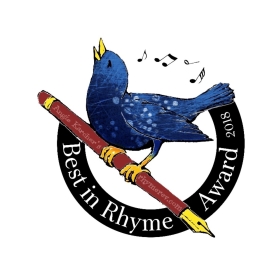

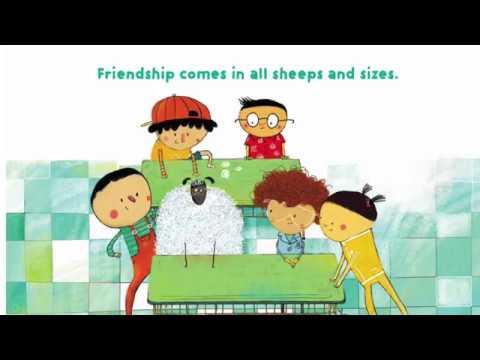



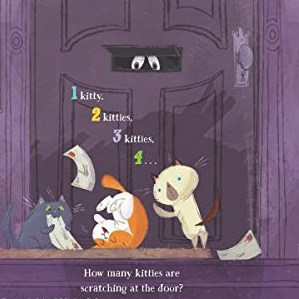

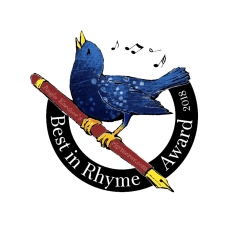

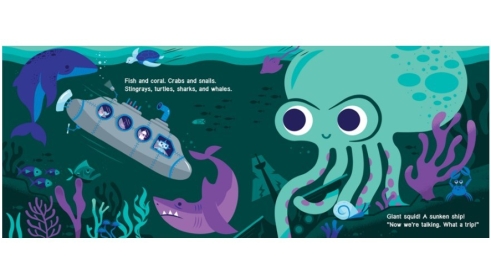








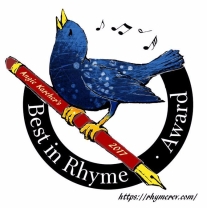









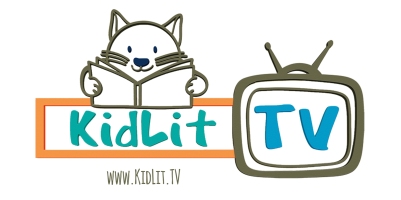


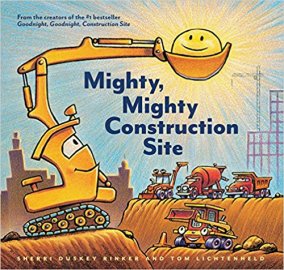





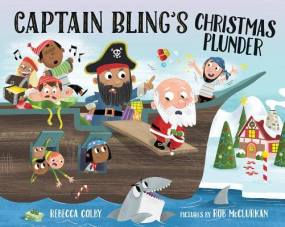

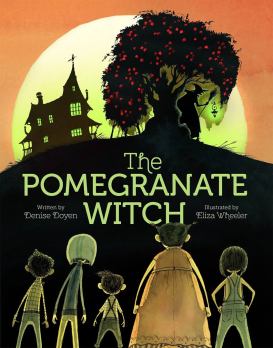











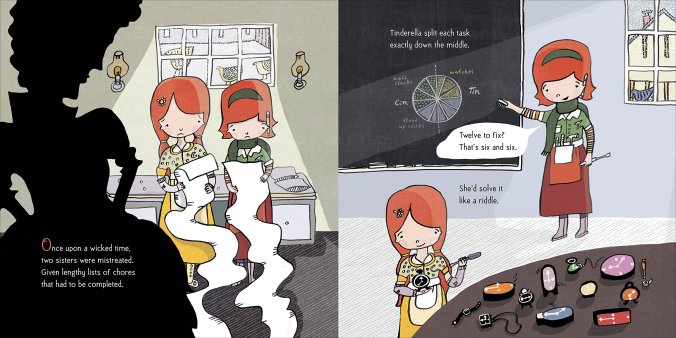
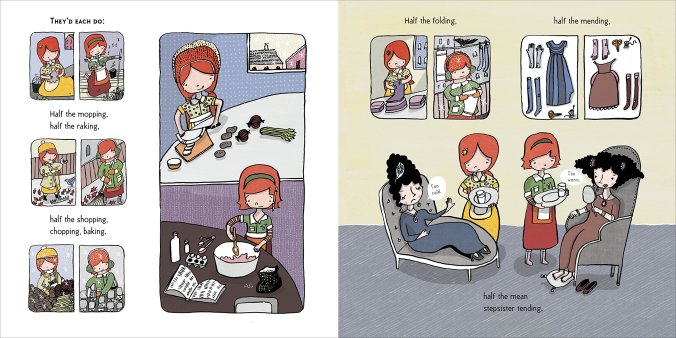












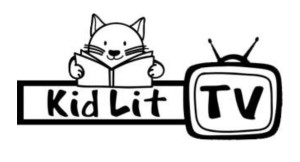


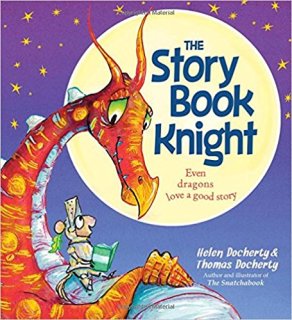

























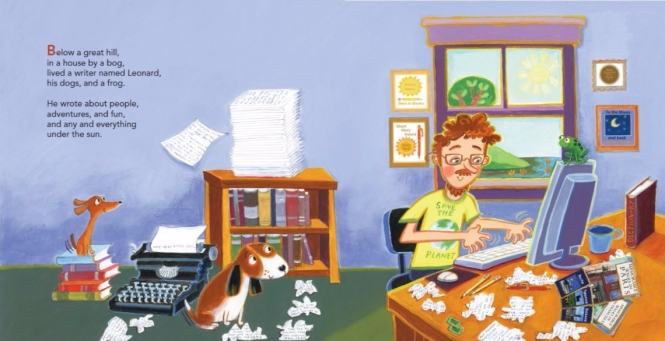





















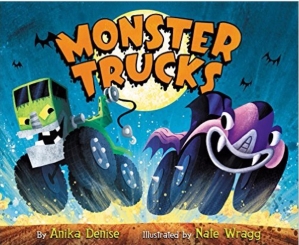






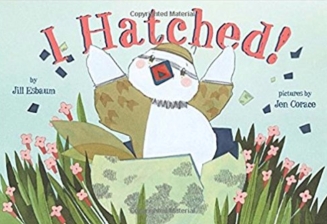










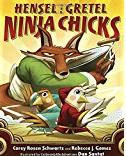




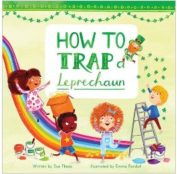



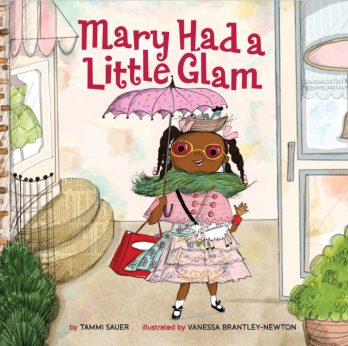

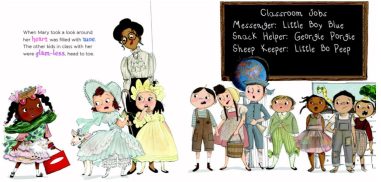







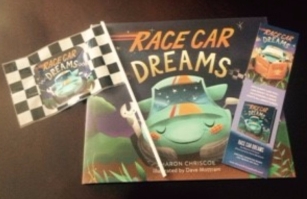






 Text for the first ~50 words (4 spreads / 8 pp.) of Trainbots, by Miranda Paul illustrated by Shane McG. Published by little bee books, a division of Bonnier Publishing.
Text for the first ~50 words (4 spreads / 8 pp.) of Trainbots, by Miranda Paul illustrated by Shane McG. Published by little bee books, a division of Bonnier Publishing.
